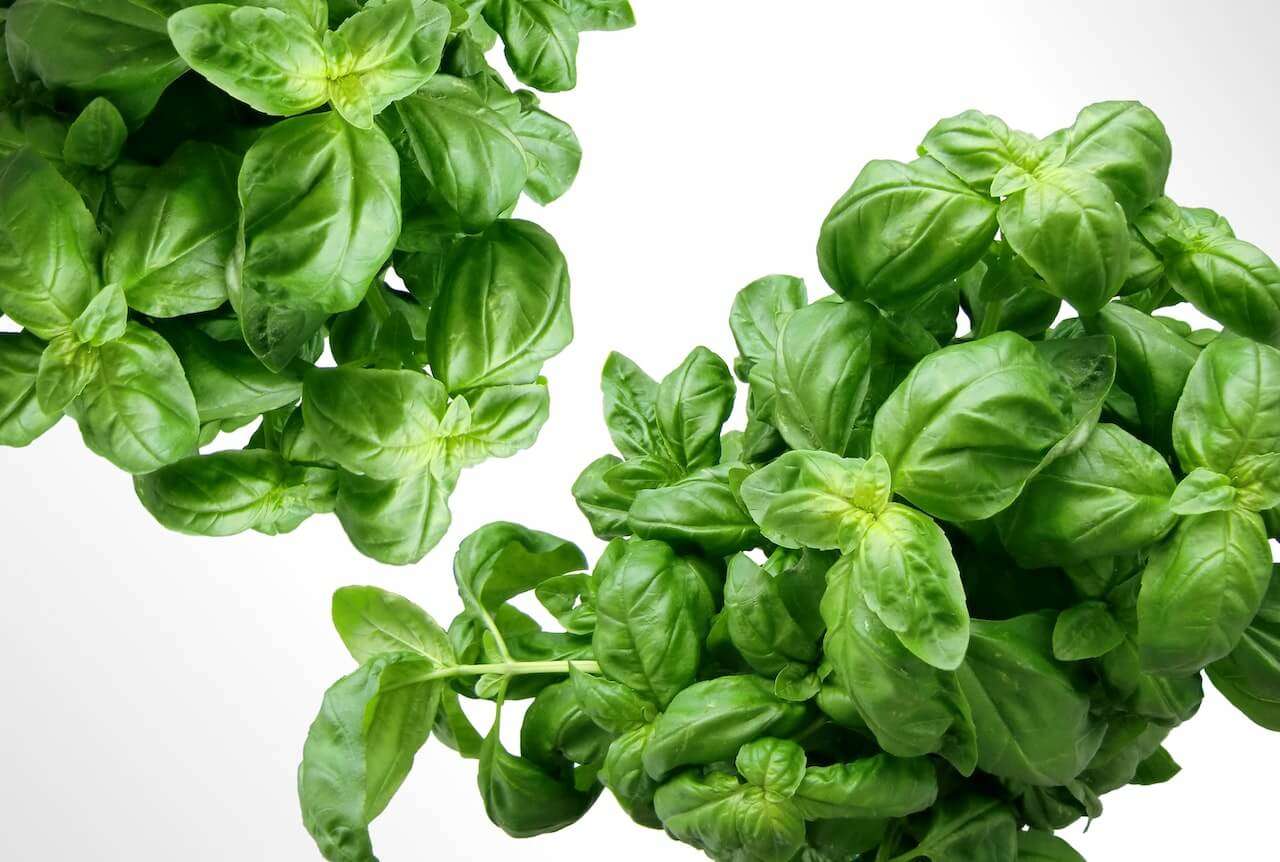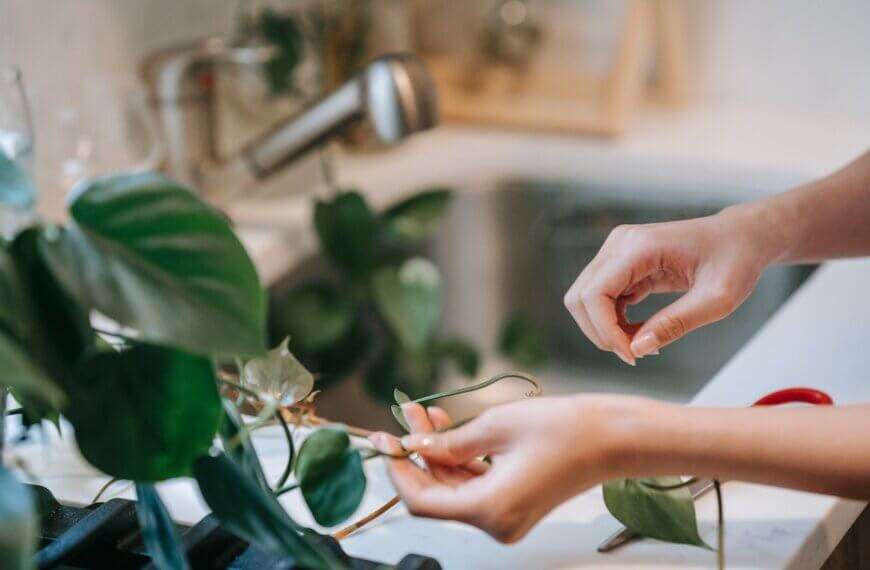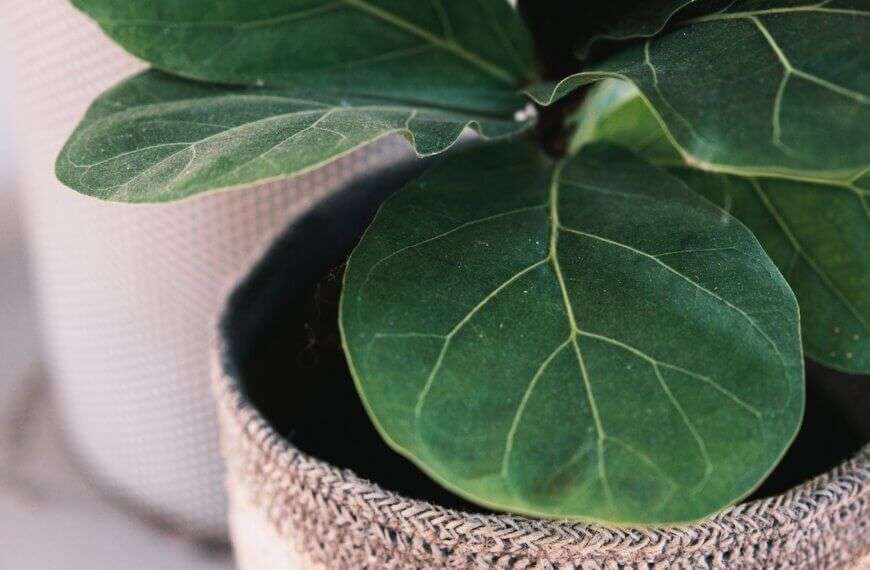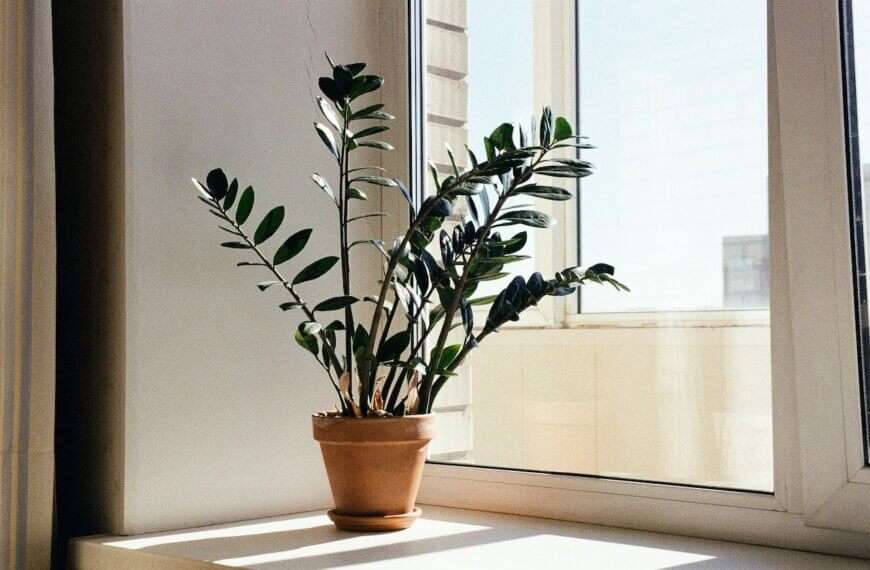Overview of Basil Plant Care
Caring for a Basil Plant: Informative Tips
Water your basil regularly, but be careful – it doesn’t like too much or too little. Let the top layer of soil dry before watering again.
Fertilize every 2-3 weeks in growth months with a balanced fertilizer. To encourage bushiness, pinch off flowers and prune.
Watch out for spider mites and aphids. Rubbing alcohol can be used to get rid of them.
Get your basil 6 hours of sunshine daily – either in a sunny spot or under grow lights if you’re lacking sun or it’s winter.
Pro Tip: Place your basil next to tomatoes and peppers who’ll keep pests away from your basil plant. Finding the right spot is key – just like choosing your ex’s house to TP!
Choosing the Right Location
Your basil plant’s perfect spot needs 6 hours of direct sunlight. The room temperature should be between 70-90 degrees Fahrenheit. Pick a place near a south or west-facing window to get the right amount of sun.
Ensure proper growth by giving your basil plant enough light and warmth. Keep it away from cold and drafty spots. Don’t overcrowd with other plants, as basil needs good air flow.
Watch out for pests like aphids and spider mites. Check the top and bottom of the leaves regularly. Use organic pest control methods to keep them away.
Pro Tip: Artificial lights can help develop overall plant growth if natural light isn’t enough. And remember, it’s not just a pot, it’s a soil mate!
Ensuring Proper Soil and Pot
Prepping for Basil Plant’s Soil & Pot
For a thriving basil plant, there are certain things to consider when prepping the pot & soil. Here’s a quick guide:
- Choose an appropriate planter pot
- Check drainage obligations
- Mix an ideal soil blend
- Carefully transfer potted seedlings into their new pot
It’s also essential to maintain adequate drainage in the pot with proper hole placement on the underside.
For a successful Basil plantation, follow these steps! Preparing the soil and pot is key for an aromatic herb garden. Water your basil right – not too much or too little!
Watering Techniques for Basil Plant
Hydrating your Basil Plant Right!
Looking after your basil plant requires proper watering techniques. Neglecting this can lead to serious issues, like stunted growth or death. Here’s a 6-step guide to help you out:
- Make sure the soil is well-draining.
- Before watering, check if the soil is dry.
- Water in the morning or early afternoon.
- Water from above, evenly.
- Don’t wet the leaves.
- Put a tray beneath the pot for excess water discharge.
When the plant droops or wilts, it needs more water.
Caring for your basil plant adds beauty and freshness to your home. It also provides herbs for delicious recipes! With regular pruning and occasional feeding, you’ll have a happy and thriving basil plant – with amazing aroma and flavor for cuisines! Why not give your basil a boost? A plant that smells like pizza deserves to thrive!
Fertilizing Your Basil Plant
To keep your Basil Plant healthy and productive, timely fertilization is key. Here’s how:
- Use a balanced fertilizer with equal amounts of nitrogen, phosphorous, and potassium.
- Fertilize every two weeks during the growing season.
- Don’t over-fertilize – it can lead to weaker plants and tasteless herbs.
- Organic fertilizers such as compost or worm castings are great options.
Make sure the soil’s pH is between 5.5-7.0 as Basil plants love slightly acidic soil. Testing the soil first is also a good idea to spot nutrient deficiencies.
Pro Tip: After mid-August, don’t fertilize your Basil plant – this will help it prepare for winter. And give it a haircut – it’ll reward you with a bigger harvest!
Pruning and Harvesting Your Basil Plant
Want to keep your Basil Plant thriving? Follow these 4 steps for Nurturing & Collecting!
- Strip leaves from the bottom.
- Clip away branches that are too high or touching other plants.
- Pinch off basil leaves where two sprouts come together.
- Cut the stem down to two adjacent new leaves.
Do research first – different types of basil need different techniques. Avoid over-harvesting, otherwise, the plant will die. Keep your basil buzz alive by following these tips!
Did you know? In ancient Greece, basil was a royal plant! Commoners could only access it if they met their bosses at social functions.
Preventing Common Basil Plant Diseases and Pests
To protect your Basil, it’s important to fight pests and diseases. Here’s how you can help:
- Keep the soil moist
- Don’t over or under-water
- Clean tools after use
- Remove infected leaves
- Use companion planting to repel pests
Also, ensure proper drainage for your Basil pot. Avoid overhead sprinklers, as this can spread fungus spores in damp conditions.
A recent study showed that planting Marigold near Basil works as a barrier against whiteflies. Try the companion planting technique of Marigold for a pest-free Basil Plant.
My friend’s Basil is gleaming and pest-free! Her secret? She sprays a mixture of crushed garlic cloves and mint leaves onto the plants twice a week.
Is it just me, or is propagating a fancy way of saying ‘making more Basil babies’?
Propagating Your Basil Plant
Basil plants can be propagated with ease! Here’s the how-to:
- Choose healthy branches. Cut them just below the nodes with leaves attached.
- Put the branches in water for seven days. Roots will grow from the nodes.
- Transfer each branch to soil or potting mix. Bury it 2-3 inches deep.
Keep basil in warm conditions. Make sure to keep moisture levels consistent. Basil can also grow in hydroponic systems.
To get a bigger harvest, prune the top growth of your plant. This will make foliage fuller.
Back in Ancient Greece, basil leaves were thought to symbolize hate. But, when Europeans used basil for medicines and cooking, this changed.
A green thumb may not come naturally, but with basil and some love, anyone can fake it till they make it!
Conclusion
Healthy Growth for Your Basil Plant!
Basil plants can be easy to care for and can spice up any recipe. To keep your basil healthy, make sure it enjoys plenty of sun and water. It needs at least six hours of indirect sunlight every day and to be watered with soil that drains well to avoid root rot. Pruning the plant regularly will encourage a healthy growth.
Fertilizing with natural products like compost or worm castings will give the plant extra nutrients, making its leaves bigger and its flavor tastier. Check for pests like aphids or spider mites too, so as to prevent any damage.
By following these steps, you can keep your basil plant healthy and flourishing. With a bit of patience and care, you can have fresh basil whenever you need it!
Frequently Asked Questions
Q: How often should I water my basil plant?
A: Basil plants should be watered regularly, but not excessively. Water your basil plant every two to three days, or when the top inch of soil feels dry to the touch.
Q: How much sunlight does a basil plant need?
A: Basil plants need at least six to eight hours of direct sunlight each day. If your basil plant is receiving less light, it will grow slowly and produce smaller leaves.
Q: How do I prune my basil plant?
A: To prune your basil plant, use sharp scissors or pruning shears to cut off the top two sets of leaves on each stem. This will encourage new growth and prevent your basil plant from becoming too tall and leggy.
Q: How do I prevent my basil plant from getting diseases?
A: To prevent your basil plant from getting diseases, make sure it has good air circulation and avoid overwatering. If you notice any yellowing or wilting leaves, remove them immediately to prevent the spread of disease.
Q: Can I use fertilizers on my basil plant?
A: Yes, you can use fertilizers on your basil plant. Use a balanced fertilizer, such as 10-10-10, once a month. Avoid using fertilizer with too much nitrogen, as this can cause your basil plant to produce fewer leaves.
Q: How do I harvest my basil plant?
A: To harvest your basil plant, use sharp scissors or pruning shears to cut off the top two sets of leaves on each stem. This will encourage new growth and prevent your basil plant from becoming too tall and leggy. Avoid taking off too many leaves at once, as this can weaken your basil plant.




